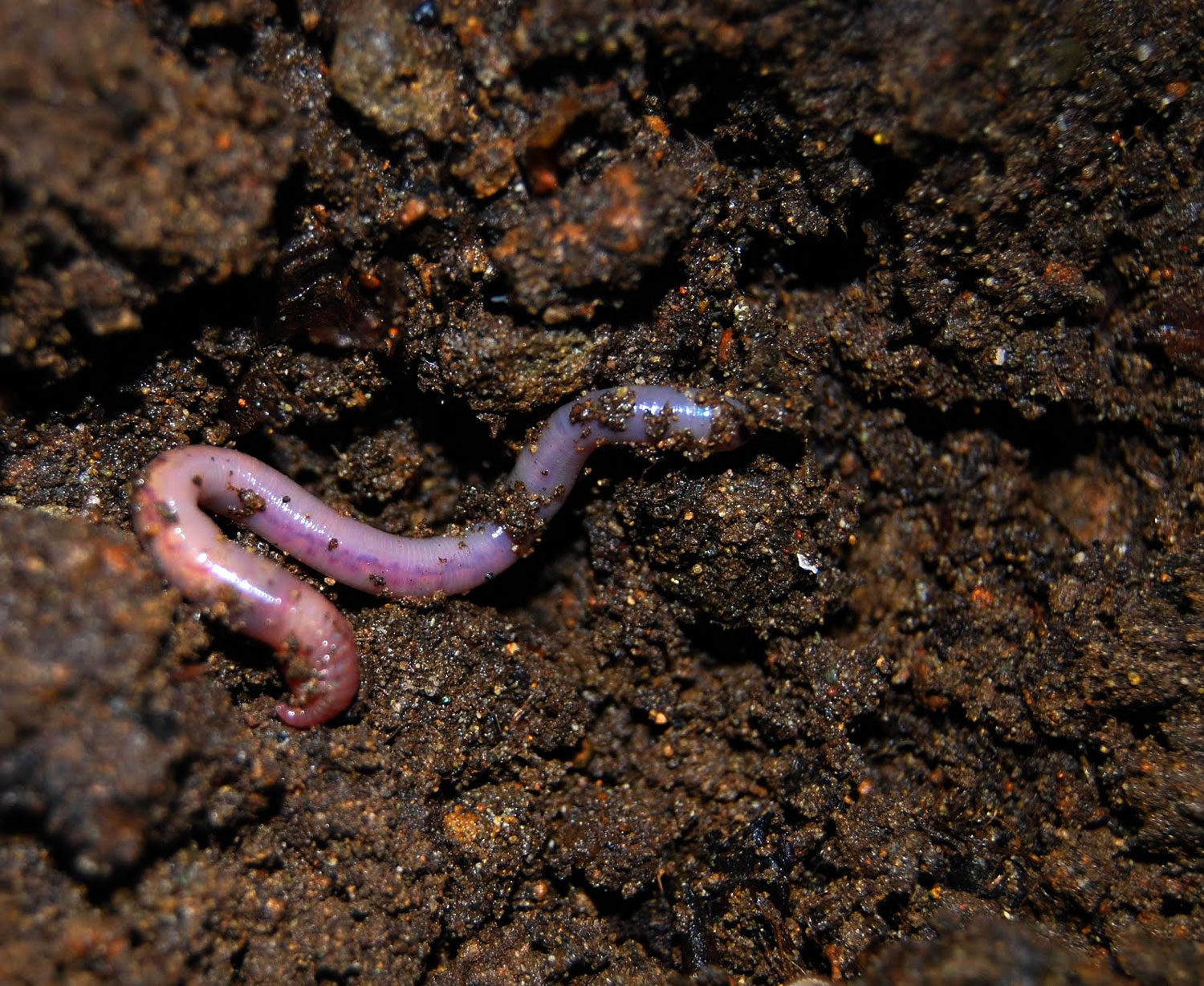An open letter from eight former agronomists and soil scientists,
including five who worked for the Department of Primary Industries, has
urged NSW Premier Gladys Berejiklian to halt Shenhua’s Watermark
coalmine and protect the Liverpool Plains from mining.
The letter said the agreement the government reached last month with
Shenhua to renew its coal exploration licence, paving the way for the
mine to proceed, puts at risk “the future of one of the major
contributors to food and fibre security”.
Last month the government paid Shenhua $262 million for just over
half the exploration licence area of the proposed mine at Watermark in
northern NSW. Energy Minister Don Harwin said the buyback would ensure
there was no mining on the fertile black soils of the plains.
But the agronomists said limiting the proposed open cut mine to
ridges would still likely affect surface and groundwater flows in the
plains and downstream regions.














